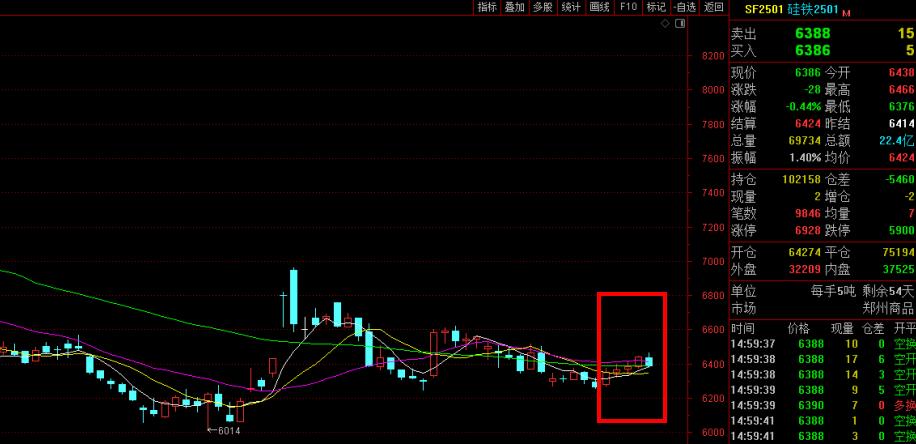BHP Billiton's (LON:BHP) announcement last week to up its commitment to Jansen potash in Saskatchewan to $3.8 billion came as something of a surprise to the market, given the sweeping changes to the sector brought about by Uralkali's radical move at the end of July.
BHP's CEO Andrew Mackenzie said it's looking for partners on Jansen which is set to become the world's largest potash mine, but is likely to come at a cost of at least $15 billion.
The Telegraph reports the Jansen investment is seen as "underscoring BHP's efforts to diversify its portfolio as the Asia-driven mining boom slows":
"We’re building this company’s future on four, possibly five pillars: iron ore, coal, petroleum and copper and we’ve started to talk about potash," Mackenzie said yesterday.
Mr Mackenzie said more of the company’s growth capital was likely to go towards petroleum, copper and potash. "We’ll see how we go with iron ore, but we’re probably finished for a time investing in coal," he said.
Mackenzie's focus on oil, copper and potash is somewhat perplexing given the market environment for the different commodities.
It's clear that Jansen is very much a long-term play for BHP and start-up will likely be pushed out to 2020, but it remains a risky proposition with most analysts agreeing that new potash projects need a price of at least $450 a tonne to be viable.
That compares to today's price that is rapidly approaching the $300 level thanks to Uralkali.
While a lack of focus on new thermal coal projects by the world's largest miner is not that surprising, the outlook for met coal is much better, with predictions of a rise in the price of the steelmaking raw ingredient from today's depressed levels of below $150 a tonne to more than $200 in the medium term.
Little new coking coal supply is on the horizon in contrast to copper where analysts predict the highest rate of supply growth for the last decade.
Global copper mine supply growth in 2014 to reach 7% year on year in 2014, with the top 10 expansion projects alone contributing more than one million tonnes of news supply.
Like the other global majors, iron ore has been responsible for the bulk of profits at BHP and the company has been ramping up production even as it puts off spending in other divisions, but compared to the likes of Rio Tinto and Vale, BHP's growth targets appear modest.
At around $140 a tonne the iron ore price has also held up relatively well, against falls in the price of copper which is down 9% in 2013.
BHP bought Petrohawk of Texas in 2011 for $12 billion, only to write down $2.8 billion of the investment less than a year later. Something that must've played a big role in ex-CEO Marius Kloppers being shown the door.
As an oil man as much as a miner, it should perhaps not come as a surprise that Mackenzie will continue its push into US shale gas and oil fields around the world, but the coolness towards iron ore and dismissing of coal seems slightly odd.
Copyright © 2013 Ferro-Alloys.Com. All Rights Reserved. Without permission, any unit and individual shall not copy or reprint!
- [Editor:editor]



 Save
Save Print
Print Daily News
Daily News Research
Research Magazine
Magazine Company Database
Company Database Customized Database
Customized Database Conferences
Conferences Advertisement
Advertisement Trade
Trade


















Tell Us What You Think